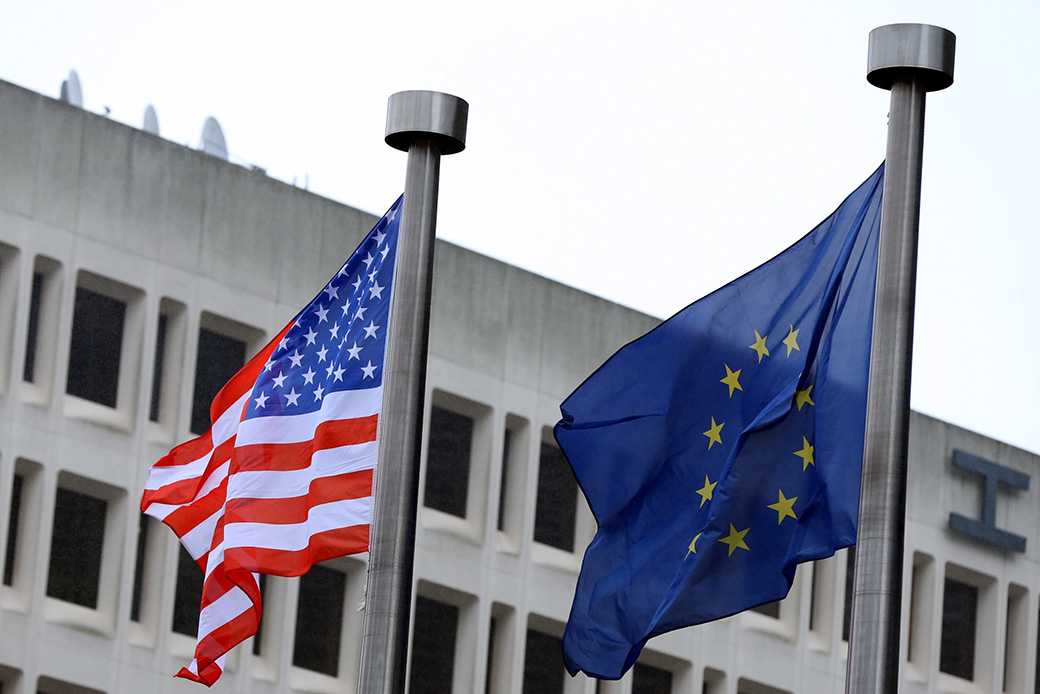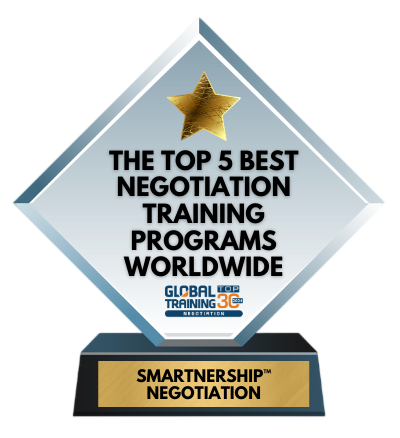The European Union was far behind the USA in vaccinating its citizens. When I wrote this, the EU has vaccinated less than 3% of its population, while the U.S. has vaccinated 14.2%. Why such a wide disparity? Could the answer lie in the science of negotiation?
The negotiation between the EU and AstraZeneca on vaccine production—or, more accurately, the lack of competent negotiation—burst into the public eye with the release of the contract the two parties signed. The contract’s terms showed all too clearly that the negotiation leading up to its signing was far from perfect. The EU got the short end of the deal, and their failed negotiation is likely at the root of subsequent difficulties between the two parties—and AstraZeneca’s failure to deliver what the EU hoped to receive.
In the U.S., on the other hand, two long-time competitors, Johnson & Johnson and Merck, entered into a SMARTnership agreement with the government. Johnson & Johnson agreed to develop the COVID19 vaccine, and Merck agreed to manufacture it. This agreement was reached with the support of the White House, all to the benefit of the American people. In fact, it has been projected that everyone in the U.S. could be vaccinated by the end of May. That’s a month ahead of the target date originally hoped for.
I don’t have all the details of the American negotiation, but we do know that Johnson & Johnson & Merck had attempted to reach a deal before President Biden took office. At that time, J&J had received initial approval of their vaccine, but the company had production issues. The reverse was the case for Merck: Their attempt to develop a COVID vaccine had failed, but they had adequate manufacturing capability.
The two companies’ interest and utilization of resources is a perfect example of working to create a SMARTnership outcome—but their initial negotiations on the matter failed.
Also Check: Negotiation Training
Immediately after Biden took office, the White House contacted the CEOs of the two companies and invited them to return to the negotiating table. Sometimes it helps a negotiation tremendously if a third party intervenes and supports the negotiating process. The third party can assist in identifying values and variables the two parties may have overlooked, and can act as a mediator, helping each party see the other’s points.
I don’t know exactly how the White House ultimately managed to get J&J and Merck to agree, but apparently by invoking the Defense Production Act, $269 million was made available to expedite vaccine production. This may have been the carrot needed for the companies to see the potential benefit of working together.
In the end, did the White House play an essential role in the forging a deal? I believe so, since the two companies’ negotiations had gone nowhere.
This is a prime example of industry players collaborating for the common good, creating value above and beyond a simple “2+2 = 4.” And it came about through the efforts of competent negotiators. Nothing more, nothing less. Negotiators who understood how to make a deal; negotiators who were engaged, and determined to reach the best possible deal. Seasoned, skilled negotiators—not civil servants or translators who’d been promoted to negotiators.









